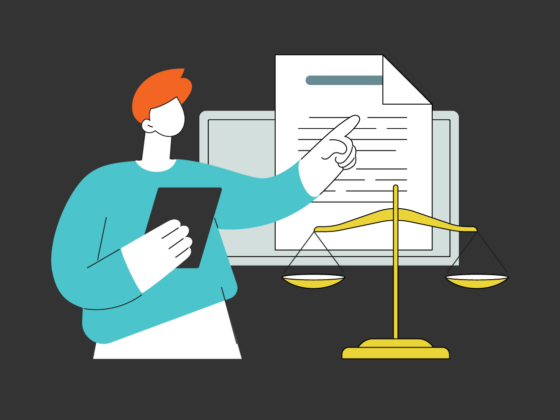More than a decade ago, at the end of the dotcom boom, I wrote an article called “Has the Net Stopped Growing?” At the time it was a shocking thing to consider, since the incredible economic growth of the previous decade had been built largely on the fantastic growth of the Internet.
It was a temporary hiccup, because in the intervening decade, the amount of Internet data has again soared, fueled by social media and mobile browsing. But now, after a decade of explosive growth, a recent article suggests that there is evidence is that traffic has again slowed down as social media usage levels off.
How Big is the Internet today?
The Internet has grown from about 16 million users in 1995 to more than 2.6 billion by the end of last year. But more importantly, the average digital foot print has grown from 1995, when a new computer had less than 500 MB of memory, to today, when the average individual has a digital footprint of 200 gigabytes which they contribute the universe of data. (That’s not even considering the “digital shadow,” all of the data that’s created about every individual that exists outside of their control.)
Your digital footprint has not only grown to sizes that would have been unimaginable early in the computing era, but companies are keeping huge volumes of data about you and every other consumer because they can make a lot of money from that information.
By the middle of last year, Facebook said it processes more than 500 terabytes of data daily. To give some sense of what that means, that figure includes 2.7 billion “Likes” per day and 300 million new photos.
Close Your Eyes and Hope It Goes Away
Internet traffic and the growth in Internet data will level off periodically, but there is no reason to think it will ever completely stop growing. Lawyers may like to imagine that the social media boom is over and that they can get back to conducting trials the way they always have.
It’s appealing to think that social media is a fad, or that judges aren’t concerned with discovery from obscure sources. In our experience, the volume of data in cases is only growing, from gigabytes to terabytes of data, and social media is now central to more and more matters.
Meanwhile, the most common legal tools are relics of the pre-Internet era. Specifically, the Concordance database was first created in 1984, and Summation is more than a quarter century old. If you wonder why eDiscovery is so expensive and complicated, it’s probably because your digital archiving and eDiscovery solutions were built back in the days when the first IBM PC was cutting edge technology.
Meanwhile, cloud solutions exist, that effectively solve the problem. The growth of Internet data is made possible by the availability of almost infinite computing resources available in the cloud. It only makes sense that eDiscovery solutions should join the party.







